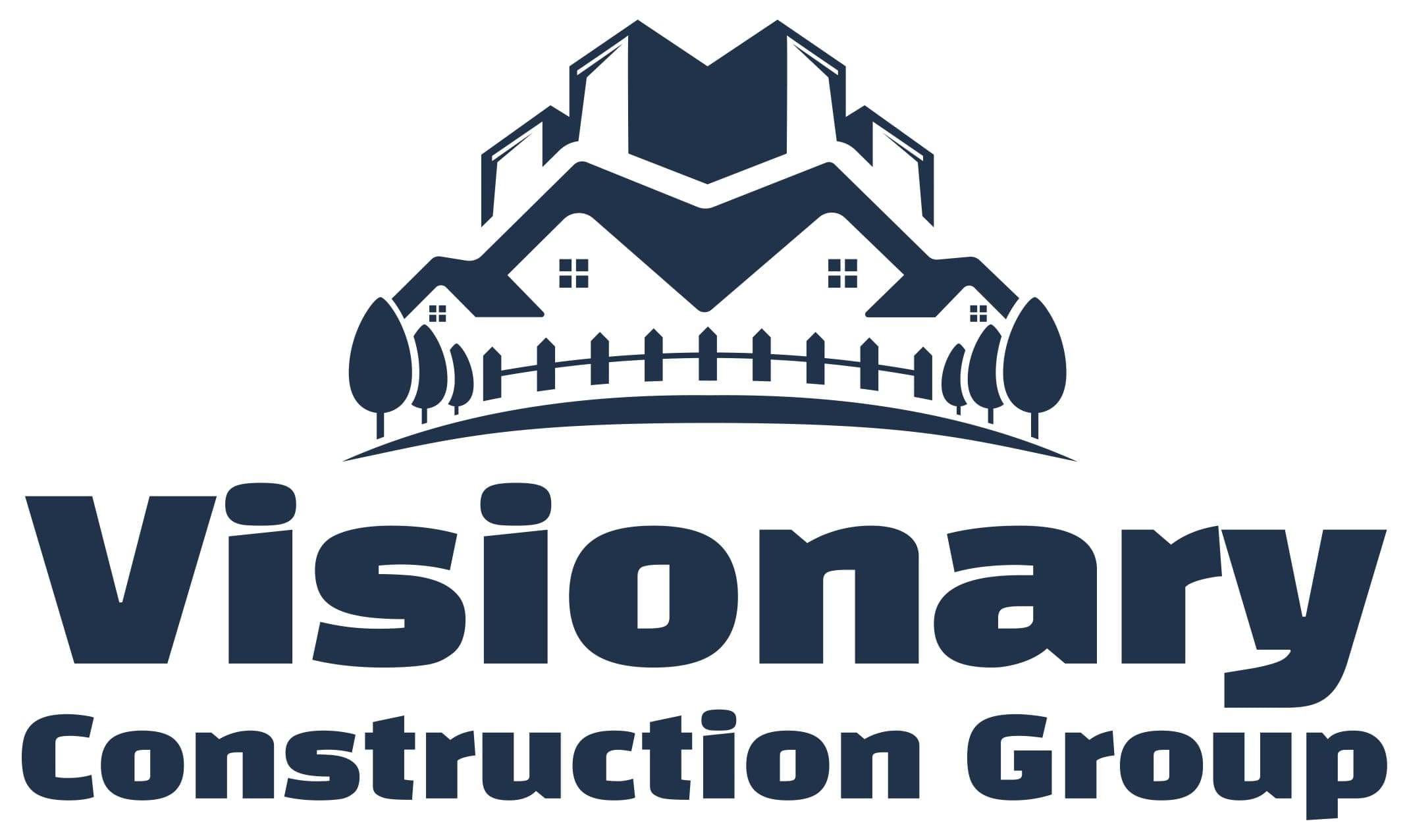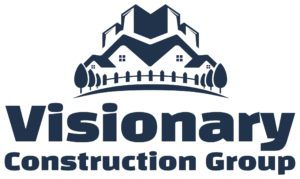Imagine walking into a room that feels like an extension of yourself—a space that meets your needs and reflects your personality and lifestyle. This level of personalization doesn’t happen by accident. It results from a collaborative effort between you and your remodeling team, where your input is welcomed and essential. This article will explore why client input matters in creating personalized spaces and how it leads to more successful, satisfying projects.
The Importance of Client Input in Home Remodeling
When it comes to remodeling, one size certainly does not fit all. Each client brings a unique vision, preferences, and lifestyle needs. That’s why client input is invaluable—it’s the foundation for a truly personalized space.
Building Trust Through Collaboration
Trust is the cornerstone of any successful remodeling project. When clients feel their ideas and concerns are heard, trust and mutual respect are built. This collaborative approach ensures that the final result is a space that the client loves and feels connected to.
The Role of Client Feedback in Successful Projects
Feedback is a crucial element in the remodeling process. It allows the team to make adjustments, refine designs, and ensure that the project aligns with the client’s vision. Regular feedback loops help catch potential issues early and keep the project on track regarding design and timeline.
Understanding the Client’s Vision
Before any hammer hits a nail, it’s essential to understand the client’s vision entirely. This step sets the stage for the entire project, guiding the design and construction phases.
Initial Consultations: Setting the Stage
The initial consultation is more than just a meeting—it’s an opportunity to dive deep into what the client wants to achieve. Whether they have a clear vision or just a few ideas, this is the time to explore possibilities and start building a roadmap for the project.
Asking the Right Questions
Asking the right questions is essential to truly understanding a client’s vision. What are their must-haves? What does their daily routine look like? Are there specific design styles or features they’re drawn to? These questions help uncover the core elements that will make the space theirs.
Translating Ideas into Reality
Once the vision is clear, the next step is translating those ideas into a tangible plan. This is where creativity meets practicality, as the remodeling team works to bring the client’s vision to life while ensuring that the design is functional and sustainable.
The Design Phase: Bringing Client Ideas to Life
The design phase is where the magic starts to happen. It’s a collaborative effort between the client and the design team to turn ideas into detailed plans.
Involving Clients in the Design Process
Client involvement continues beyond the initial consultation. Clients should be actively engaged throughout the design phase, providing feedback on drafts, selecting materials, and making critical decisions. This ongoing participation ensures the design remains aligned with the client’s vision.
Balancing Professional Expertise with Client Desires
While honoring the client’s wishes is important, balancing these with professional expertise is also essential. Designers and builders bring valuable knowledge, helping refine ideas, suggest alternatives, and ensure the design is beautiful and functional.
Iterative Design: Refining Ideas Together
Design is often an iterative process where initial ideas are refined through collaboration. This might involve multiple drafts, material samples, and mock-ups. Each iteration brings the design closer to the final vision, ensuring every detail is noticed.
Communication: The Key to a Successful Project
Effective communication is the glue that holds a remodeling project together. It ensures everyone is on the same page and the project progresses smoothly.
Keeping Clients Informed Throughout the Process
Clients should always feel safe about the progress of their projects. Regular updates, whether through meetings, emails, or project management tools, help keep the client informed and engaged.
Addressing Concerns and Adjustments Promptly
No project is without its challenges. What matters is how those challenges are handled. Promptly addressing any concerns or necessary adjustments helps to maintain trust and keep the project on track.
The Value of Regular Check-Ins
Regular check-ins provide an opportunity to review progress, discuss any changes, and ensure the project is still aligned with the client’s expectations. These meetings are crucial for maintaining momentum and ensuring a successful outcome.
Case Studies: Successful Collaborations
Let’s examine some case studies where collaboration led to outstanding results to see the power of client input in action.
Case Study 1: A Family Home Reflecting Multi-Generational Needs
In this project, the clients wanted to create a home that could accommodate multiple generations under one roof. Through a series of consultations and feedback sessions, the design team developed a layout that included private spaces for each generation and shared areas that encouraged family bonding. The result was a harmonious, functional home that met the needs of everyone living there.
Case Study 2: Transforming a Space with Client-Centric Design
Another project involved transforming a dated living space into a modern, open-concept home. The client had a clear vision of what they wanted but needed help bringing it to life. The design team incorporated the client’s ideas through close collaboration while enhancing the space with innovative solutions. The final result exceeded the client’s expectations, creating a stylish and practical space.
Case Study 3: A Sustainable Home Built on Client Values
Sustainability was at the heart of this project, driven by the client’s commitment to eco-friendly living. The design team worked closely with the client to source sustainable materials, incorporate energy-efficient systems, and design a home that minimized its environmental footprint. This collaborative approach resulted in a house that reflected the client’s values and set a new standard for sustainable living.
The Benefits of Prioritizing Client Input
When client input is prioritized, the benefits are clear for the client and the entire project team.
Enhanced Client Satisfaction and Loyalty
Clients who feel heard and involved are more likely to be satisfied with the result. This satisfaction often translates into loyalty, with clients returning for future projects or recommending the service to others.
Creating Spaces That Truly Reflect the Client
A home should reflect the people who live in it. By prioritizing client input, the remodeling team can create spaces that resonate with the client’s personality, preferences, and lifestyle.
Long-Term Success Through Word-of-Mouth and Referrals
Happy clients are a company’s best ambassadors. Clients thrilled with their remodel will likely share their experience with friends, family, and colleagues, leading to valuable word-of-mouth referrals.
Conclusion
Client input isn’t just a nice-to-have in the remodeling process—it’s essential. By working closely with clients, asking the right questions, and maintaining open lines of communication, remodeling teams can create truly personalized and highly functional spaces. When clients and professionals collaborate, the results are beautiful and deeply satisfying.
FAQs
How does client input influence the remodeling process?
Client input shapes the remodeling process, from initial design concepts to the final touches. It ensures that the project aligns with the client’s vision, needs, and preferences, resulting in a space that feels uniquely theirs.
What are the best ways to communicate your vision to a designer?
The best way to communicate your vision is by being transparent and specific about your wants and needs. Share inspirational photos, discuss your lifestyle, and be open to suggestions from your designer, who can help refine and enhance your ideas.
How can client involvement improve the outcome?
Client involvement leads to a more personalized and satisfactory outcome. When clients are engaged throughout the process, it ensures that the final space reflects their style and meets their functional needs, resulting in a home that they truly love.






